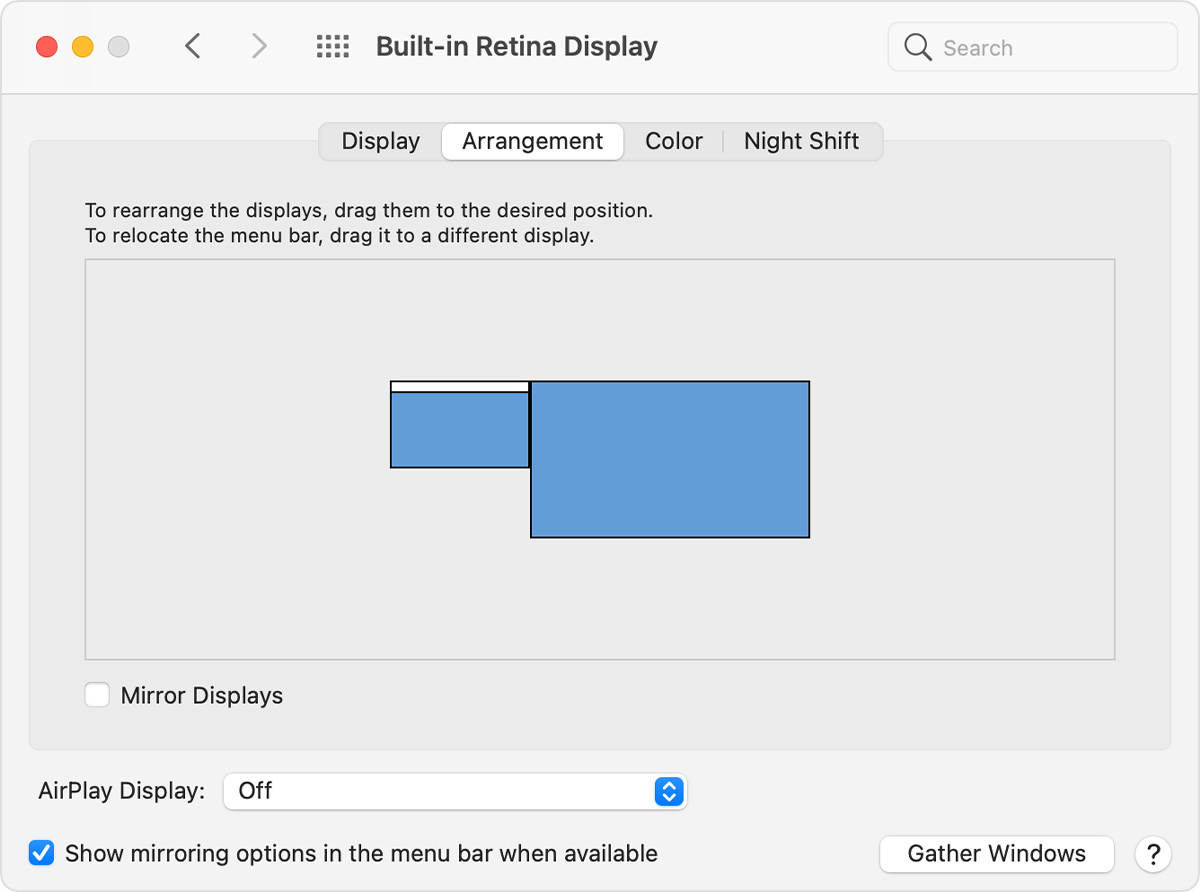
If the Mac disk uses the newer Apple “Core Storage”, you may also need to add a sizelimit=N option, as detailed in this answer.įinally, you will still have the problem that you need to either be root to write to the drive, or use bindfs as shown in this answer. Use mount -l to find which device is already mounted on which mount point.
Gedit mac os x yosemite full#
gedit provides a simple interface from which you have access to a full text editor with programming functions and is compatible with most languages.
Gedit mac os x yosemite how to#
mount/point would usually be something like /media/Your_drive_label. How to download all photos from iphone to mac.Linux fans will already be familiar with the world of GNOME but gedit has brought it to a wider audience by providing the default GNOME editor on Mac OS X. Or sudo mount -o remount,rw,force /dev/sdx If the drive has been mounted automatically (as it should be on a desktop system like Ubuntu), add remount to enable write: sudo mount -o remount,rw,force /mount/point If the drive is not mounted yet: sudo mount -o force /dev/sdX /your/mount/point
Gedit mac os x yosemite install#
In addition to hfsplus which you already have, you need to have hfsprogs installed: sudo apt-get install hfsprogs You can enable writing to HFS+ in Linux even if you didn’t disable journaling. Change that value from 1000 to 501, and when you reboot your user will be listed in the login screen. To do this, just open a Terminal and run gksudo gedit /etc/fs and search for UID_MIN in the text file. You may also want to fix your login screen, since by default Ubuntu won’t list users with a UID of less than 1000. Now, you should be able to read and write to both your Mac and Linux user’s home folder, no matter what OS you’re logged into. This will change your Linux user’s UID to 501 and fix your home folder permissions so that you still own them. Sudo chown -R 501:yourusername /home/yourusername Then, open up the Terminal and type in the following commands, once again hitting enter after each one (and replacing yourusername with your Linux user’s username): sudo usermod -uid 501 yourusername Type in a new password for the temporary user when prompted. So, run the following commands in the Terminal, hitting Enter after each one: sudo useradd -d /home/tempuser -m -s /bin/bash -G admin tempuser First, we’re going to add a temporary user, since we don’t want to edit a user that we’re currently logged into. If your User ID is something different from 501, replace 501 with your other UID in the terminal commands below.īoot into Linux (we’re using Ubuntu in this example) and fire up the Terminal. By default, the first user in OS X has a UID of 501, but you can double check this by going into System Preferences in OS X, right-clicking on your user, and hitting Advanced Options. Unless you have a reason for choosing otherwise, we’re going to change our Linux UID to match our OS X one, since it’s a bit easier. we just need to change our UID in one OS so that it matches the UID in the other. You should have read and write access to your HFS partition-however, the permissions on your Mac user’s home folder will prevent you from reading or writing those files.

A new option to Disable Journaling will come up in the menu.

Click on your HFS partition, hold the Option key, and click File in the menu bar.

To disable journaling, just boot into OS X and fire up Disk Utility. Journaling is a feature that improves data reliability, and unfortunately it makes HFS drives read-only in Linux. By default, Mac OS X formats volumes in journaled HFS+ volumes.


 0 kommentar(er)
0 kommentar(er)
